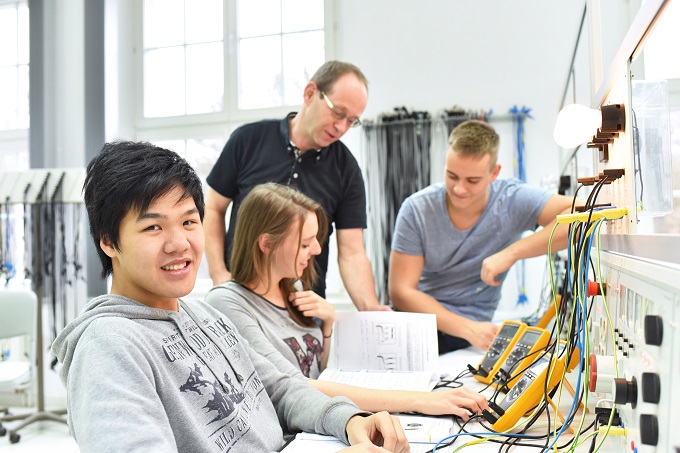
The BUSY school will connect young people with vocational opportunities.© industrieblick - stock.adobe.com
This includes the largest single increase in Trades Academy places in recent years, the places allow secondary students to take on full-time study that combines school, tertiary and/or work-based learning.
Prime Minister Jacinda Ardern and Education Minister Chris Hipkins made the announcement at Heretaunga College in Upper Hutt this week.
“We will be funding 2,000 more Trades Academy places from next year, and up to 2,000 more places for Gateway,” Jacinda Ardern said.
“We are committed to reversing the long-term decline in trades training. Trades skills shortages is a key issue business regularly raise with me and this programme is one step in the Government’s plan to plug that gap.
“We want more people to see careers in areas like building, plumbing and agriculture as an attractive and first-option when they leave school to close the persistent skills gap in our country.
“This Government values vocational education and training and is committed to raising the profile of vocational education in schools and communities around New Zealand.
“This is the first increase in the numbers of Gateway places since the last time Labour and New Zealand First were in Government,” Jacinda Ardern said.
“Secondary-tertiary initiatives such as Gateway and Trades Academies have contributed to young people getting higher qualifications and more students getting jobs when they leave school,” Chris Hipkins said.
“An evaluation of Gateway in the early 2000s showed that more than 70% of employers reported several benefits from their involvement with Gateway and 81% of students reported that their involvement with Gateway helped with their future plans.
“Trades Academies have been effective in increasing the number of young people who attain NCEA Level 2 or equivalent.
“Despite their success, over recent years funding for Trades Academies and Gateway has been allowed to lag behind demand.
“This is the latest step in our plan to increase the numbers of New Zealanders in trades and work skills training and sits alongside the Prime Minister’s Vocational Excellence Awards, the introduction of micro credentials and the Government’s wider work to reform vocational education.
“Schools are, and will continue to be, a crucial part of vocational education.
“We want schools better linked to the world of work, and for students in school to have clearer and more direct pathways into vocational education in the workplace and the tertiary system,” Chris Hipkins said.
The much-delayed English draft curriculum is now out for consultation, generating discussion from teachers.
Research from AUT demonstrates arts, culture and recreation have positive impacts on all aspects of…
How effective has the school phone ban been in achieving its aims? Researchers from the…
School camps and excursions deliver hands on learning experiences, helping to consolidate classroom learning.
Innovations in AV technologies present new opportunities to engage with students. We look at how…
A new report from the University of Auckland’s Our Voices Project asks young people what…
This website uses cookies.